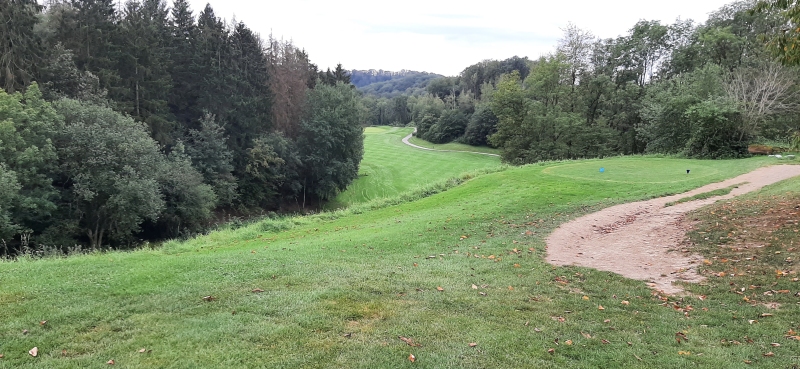In a way, we are constantly multitasking. There are enough activities we have learned to automate and others we may do without giving them much attention to.
Since childhood, I’ve regularly bumped into things. Most of the time, however, I can handle walking and perceiving myself in space at the same time. When it comes to learning how to turn one hand in one direction and, for example, a leg in the other, things become more complicated, and I’ll have to practice more to get there.
Something similar happens, for example, while shopping where I might get lost in thought while paying. The cashier lucks out with their friendly smile, or I forget to be attentive to the process of connecting and paying.
Multitasking clearly comes to a stop when one tries to solve a problem while pursuing two different objectives.
It’s not possible to observe something while judging it. It’s not possible to decide if one likes something and to decide at the same time if it will be welcomed by others. That’s like wanting to be in two places at the same time.
A chosen perspective results from the point one is in and where one wants to go despite not being clear about how it looks like there. A chosen objective is similar in the sense that one knows what one wants to reach and searches for ways to get there. The chosen perspective and the chosen objective both govern our actions.
It’s still possible to use different perspectives and to aim for different objectives. However, remaining clear on the given perspective or objective in a given moment requires paying attention to the one active in that moment.
It can be beneficial to move, for example, from one perspective to the other.
Golfer’s will, for example, use the metaphor to look back when reaching the green. They know that the view from the tee and from the green are different and that the one from the tee is also there to guide the imagination of how to play the hole. Another metaphor is to take the time to walk over the green prior to putting, it’s the only way to have a good idea of how long the put needs to be.
To have an overview it helps to move from one point of view to the other, thus changing one’s perspective and having different objectives on that journey.


